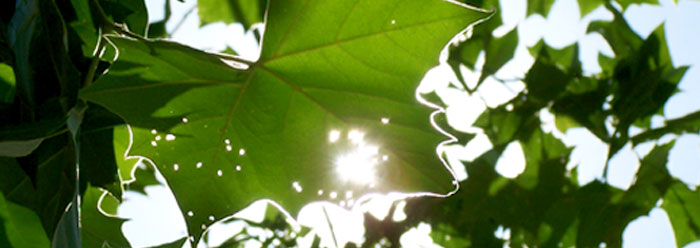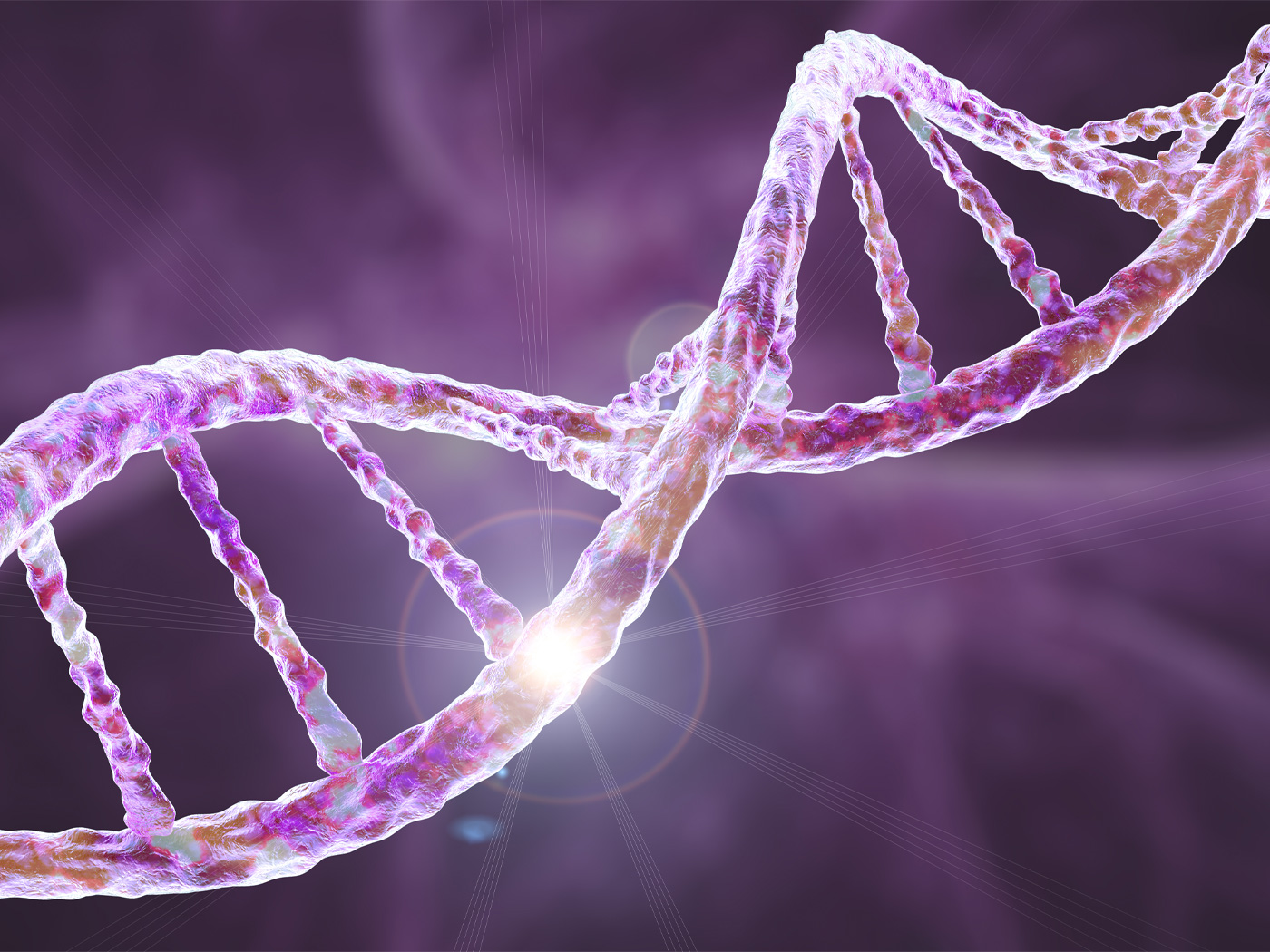An international team of researchers has developed the first man-made device capable of using sunlight to split water into hydrogen and oxygen, which is a key process in photosynthesis.
The Monash University-led scientists, whose research appears in the international edition of the scientific journal Angewandte Chemie,1 were able to combine manganese atom clusters with a proton-conducting material called Nafion. When the conductor material was exposed to a combination of sunlight and low-voltage electricity, the manganese—an element essential to plant photosynthesis—interacted with water, causing it to split into hydrogen gas, oxygen gas, and electrons. “The breakthrough could revolutionise the renewable energy industry by making hydrogen—touted as the clean, green fuel of the future—cheaper and easier to produce on a commercial scale,” stated a Monash University press release.2
The researchers took their design cues from pre-existing plant structures and the process of photosynthesis. “We have copied nature, taking the elements and mechanisms found in plant life that have evolved over 3 billion years and recreated one of those processes in the laboratory,” Monash Professor Leone Spiccia said.2
This statement presents a curiosity. It assumes that the “elements and mechanisms” of plants are the result of evolution, but this assumption cannot be scientifically verified, as we do not presently observe nature making new complex, living machines. Also, the micro-machines found in plants are vastly more efficient, elegant, and complicated than this new man-made process. Plant photosynthesis involves the coordinated efforts of dozens of specifically-shaped proteins, including thousands of molecular rotary motors in each cell. These are all anchored on a hydrogen-repelling membrane, and wrapped within a selectively protective structure called a chloroplast.
Could the selection of random mutations, as neo-Darwinists propose, have led to such an amazingly coordinated, sophisticated system? The most that current research can do, having left no part to randomness, is to produce a pale copy of just one part of photosynthesis.
Where did photosynthesis come from? Those who develop machines by copying the ordered processes of intricate, efficient machines found in nature ought to recognize that millions of years could not, and thus did not, build them. Nevertheless, Professor Spiccia stated that his team was able to split water by using “the very chemical that nature has selected for this purpose."2
Inanimate objects and undirected processes, no matter what their ages are projected to be, are not observed to “select” things—scientists, inventors, and other rational beings are. Therefore, the more reasonable possibility is that the Creator God created manganese, then selected it as a catalyst to supply the oxygen and plant growth necessary for life here on earth.
References
- Robin Brimblecombe, R. et al. 2008. Sustained Water Oxidation Photocatalysis by a Bioinspired Manganese Cluster. Angewandte Chemie. Published online August 1, 2008, in advance of print.
- Monash team learns from nature to split water. Monash University press release, August 18, 2008.
* Mr. Thomas is Science Writer.
Article posted on August 29, 2008.














